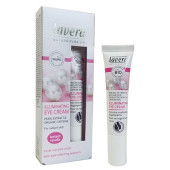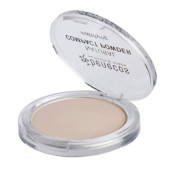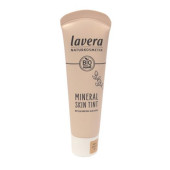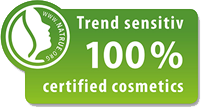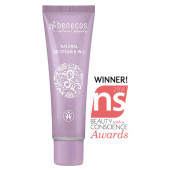The days of laying out in the sun for hours on end are long behind us.
As awareness of the dangers of sun exposure has increased, most of us now apply sunscreen to protect our skin when outside. But even so, many Americans, especially the young, are still using tanning beds in an effort to be fashionably tan — exposing themselves to unsafe UV rays from lamps as well as the sun. This is in direct opposition of the FDA and CDC recommendations for avoidance of any tanning bed use. So what should a skin-conscious person do?
A great, convenient and safe alternative to tanning beds is the use of self-tanning lotion. An increasing number of celebs are turning to this option to get that perfect summer tan before they stroll down the red carpet. From Gwyneth Paltrow to Jennifer Aniston, music celebs like Katy Perry or macho male actors like Adrian Grenier (Vincent Chase of the TV series Entourage), celebs have found self-tanners to produce an attractive, realistic looking tan that holds up to inspection under the bright lights, camera's and fashion police that surround the Hollywood scene.
So, self-tanning lotions can offer a great tan, without the dangers of UV exposure. Self-tanners rely primarily on an ingredient called dihydroxyacetone (DHA) — a simple carbohydrate (triose) that is derived from sugar beets, sugar cane and/or glycerin from vegetable source. DHA reacts with the amino acids on the skin's surface to darken the skin. Some products with DHA can have a foul smell, which many users of self-tanning products have complained about. The TRUE Natural Self Tanners do not have this problem — and offer a choice of citrus, lavender or vanilla coconut scent that is very light and pleasant and all natural. Erythrulose, a natural sugar derivative, can be combined with DHA (this is the case in the TRUE tanner) to enhance the tanning effect, enabling a more natural looking color to develop.
What do you need to be aware of before you go out and buy a self-tanner?
- You still need sunscreen! You'll have a great tan — but you still go outside and are bombarded by UV rays. Even on a cloudy day, 80% of the UV rays can pass thru — and sand reflects 25% back at you (80% for snow). And, crazy as this sounds — 95% of the sun's rays are UVA, only 5% UVB — so good broad spectrum protection is a must. Zinc Oxide is one of the best UVA blocks. The TRUE Natural sunscreens are an effective and safe option.
- Check the ingredients! Self-tanning is the safe choice, but you still need to see what you are putting on your skin. Parabens, PEG, Silicones and other synthetic or petroleum based ingredients are things to avoid for your health's sake.
- Apply a test patch! Pick a small, inconspicuous area on your skin and apply a little test patch. Even if the tanner is all natural, your skin may react to an essential oil or some other ingredient. If you know you are allergic to an ingredient, step #2 will at least take care of the obvious.
- Exfoliate first! For a smooth, streak—free and realistic looking tan, you get best results if you exfoliate and remove dead skin before applying the tanner. And don't forget your ankles — its a common area that gets missed.
- Apply in thin, smooth strokes. Apply more to knees and elbows, which tend to absorb more lotion. Don't forget your back — have a friend help you!
- Allow the lotion to dry before getting dressed.
After 2-4 hours, you should start to see a nice tanning effect develop. If after 5 hours, you find that it is not dark enough, re-apply — you are able to build up a tan with repeated applications. Your tan will last 3-5 days — we suggest you reapply when you see the tan starting to fade to keep your skin looking rich and glowing!



